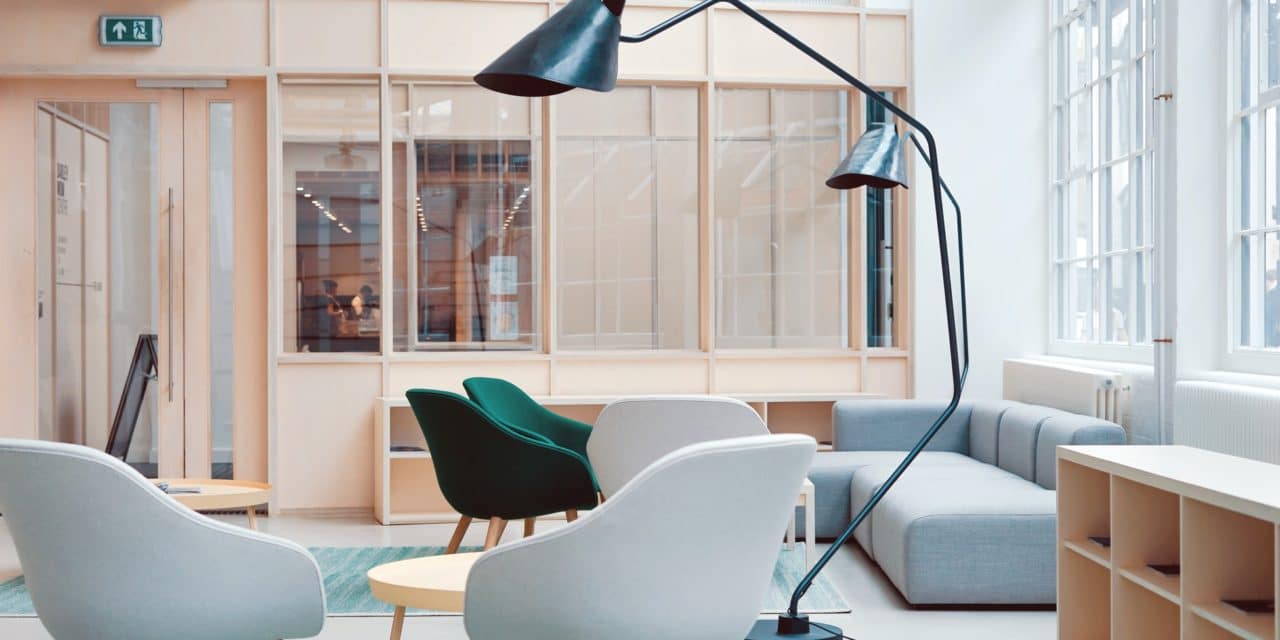[ad_1]
Buying a pool table — why you should bother researching A pool table is a once in a lifetime purchase, and will generally stay in the family for generations. For this reason, before going ahead with a purchase, it is absolutely essential to take some time to get informed about the key elements that distinguish a quality table from a cheaper alternative. Doing your research now will ensure you have a satisfying experience every time you play in the future.
Quality pool tables — the key factor is the playing surface Over centuries, experts have concluded that the best material for the construction of the table bed is slate, a very hard rock consisting of some hundreds of naturally flat layers. Slate can be easily processed into a perfectly flat surface, which makes it ideal for the making of billiard tables. The best slate comes from Italy, so most quality billiards use Italian slate. Other major exporters of slate include Brazil, China and India. Slate is very heavy, so to protect it from breaking during transportation, it is usually split it into 3 slabs. Consequently, a 3-piece slate pool table is superior to a table based on a single piece of slate.
Non-slate surfaces — inexpensive alternatives Slate is very expensive and increases the cost of billiard tables. For this reason, a variety of slate substitutes have been developed for the construction of billiards, thereby lowering the overall cost. The main alternative materials in use are Slatron, Permaslate, Honeycomb based on plastic, and MDF, which is made of compressed wood particles. The main disadvantages of non-slate surfaces are that they can warp easily and will not maintain a perfectly flat playing surface for long.
Pool table felt and its color The cloth that covers the table bed, commonly referred to as felt, is actually made of woven wool or a blend of wool and nylon. The pool balls can roll quicker on a felt of a finer napless weave, but a thicker felt would be preferable if the table is used more frequently, e.g. in a pool club or in a bar. The traditional felt color is green, or dark green, but many billiards come in red, blue and a range of other colors to satisfy every taste and allow you to match your room decor.
Pool table size In the United States billiard tables are primarily available in three standard sizes: 7, 8 and 9 feet. The 9 footer offers the ideal playing experience as it is the regulation pool table size, but depending on your budget and level of experience, you may prefer a smaller table. Before you go ahead and buy a billiard table, make sure it fits your room, ensuring you allow adequate space around the table to allow you to comfortable use your cue.
Pool table pockets You will find that billiards come with loose pockets, which allow the balls to easily roll in, or professional tight pockets, that make the game a bit harder. Do not make the mistake of overlooking pocket size, as you may find it affects how much you enjoy playing the game much more than you would expect.
Installation — warranty Many billiards retailers have an installation service and some of them offer it for free. Before you make a purchase, make sure that the room that will host the billiard table is level, and then make sure that the installers level the table. You should also be aware of the length of your standard warranty. Some billiard tables come with only a manufacturer or 1-year retailer warranty, and others come with a full or limited lifetime warranty. And don't forget the warranty terms and conditions. Ensure you know what the terms are before committing to purchase to avoid surprises.
[ad_2]
Source by J D Burrows


